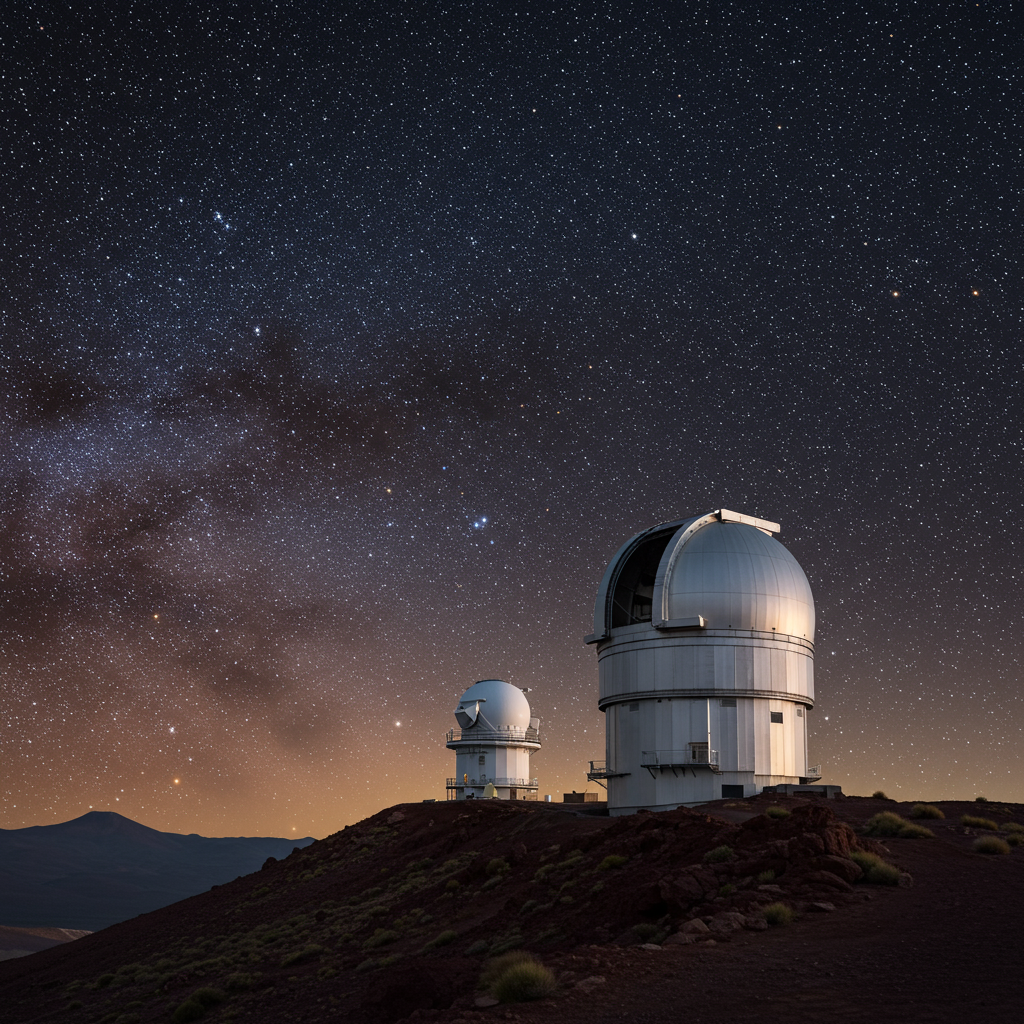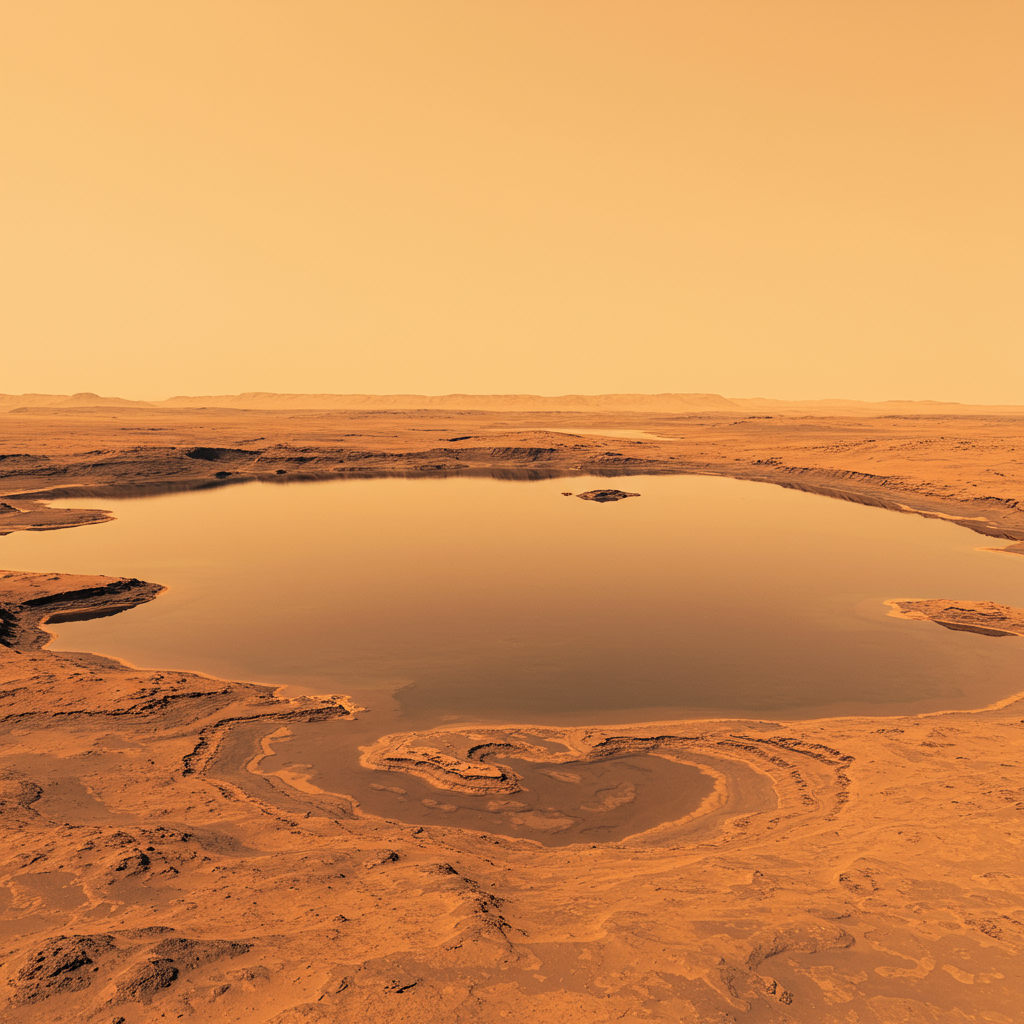Humanity’s quest to understand the cosmos just received a massive upgrade. High atop a remote Chilean peak in the Atacama Desert, the Vera C. rubin Observatory, home to the world’s largest digital camera, has released its stunning initial images. These breathtaking first views offer more than just beautiful cosmic portraits; they provide tangible proof of the observatory’s unprecedented power, capturing glimpses of distant galaxies and revealing objects in our own solar system never before seen. This moment marks a pivotal step as the observatory prepares to embark on a decade-long mission set to revolutionize our understanding of the universe.
Unveiling the Vera C. Rubin Observatory
Nestled on Cerro Pachón, an 8,900-foot summit in the foothills of Chile’s Andes, the Vera C. Rubin Observatory is no ordinary telescope. Named in honor of astronomer Vera Rubin, whose pioneering work provided crucial evidence for dark matter, this facility is purpose-built for discovery on a colossal scale. Unlike traditional telescopes that focus intensely on single targets, Rubin is designed to capture the entire Southern Hemisphere night sky repeatedly over ten years. Its key instrument is a staggering 3,200-megapixel camera, the largest digital camera ever constructed for astronomy. This camera boasts an incredibly wide field of view, allowing it to image vast swaths of the sky with each five-second exposure.
The observatory’s location in the Atacama Desert offers unparalleled advantages. This region is renowned for its extreme dryness and high altitude, resulting in exceptionally clear, dark skies minimally affected by atmospheric turbulence or light pollution. Being in the Southern Hemisphere provides a critical vantage point to observe the central Milky Way and the Magellanic Clouds, our closest galactic neighbors. Funded jointly by the U.S. Department of Energy and the U.S. National Science Foundation, the Rubin Observatory represents a monumental investment in future astronomical research.
Initial Glimpses and Unexpected Finds
The recent release of the Vera C. Rubin Observatory’s first test images generated immense excitement. These initial “first light” images showcased the sheer clarity and depth the observatory can achieve. Scientists and engineers in the control room reportedly fell silent as they witnessed the stunning detail emerging in stars and galaxies, realizing the spectacular potential of their work in real-time.
Among the breathtaking visuals were vibrant shots of iconic nebulas like the Trifid and Lagoon, located thousands of light-years away. Composite images, built from multiple long exposures, revealed faint details in these colorful clouds of gas and dust that are typically invisible. Views of the Virgo Cluster, a nearby collection of galaxies, also demonstrated the observatory’s ability to resolve distant cosmic structures.
Crucially, these initial data sets quickly yielded tangible discoveries. Analysis of the early observations confirmed the detection of a large number of previously unseen asteroids. Scientists reported identifying 2,104 new main-belt asteroids and even seven near-Earth asteroids, none of which are considered dangerous. This immediate success in identifying new objects underscores the observatory’s power to reveal previously hidden components of our solar system and beyond, fulfilling the promise hinted at in the original anticipation of capturing “never-seen” cosmic objects.
The Legacy Survey of Space and Time
The release of these initial images is merely a prelude to the Vera C. Rubin Observatory’s main event: the 10-year Legacy Survey of Space and Time (LSST). Commencing full operations later this year, the LSST is an ambitious project aiming to create the most comprehensive, time-lapse view of the universe ever attempted. By rapidly scanning the entire visible southern sky every few nights, the observatory will build an enormous database of astronomical observations.
This continuous monitoring strategy is particularly effective for finding objects that move or change in brightness over time. Astronomers predict the LSST will discover millions of asteroids and comets, providing an unprecedented census of objects in our solar system’s Kuiper Belt and Oort Cloud. It is also expected to capture millions of supernovas – exploding stars that serve as vital tools for measuring cosmic distances. The sheer scale of the survey will yield observations of billions of stars within our Milky Way galaxy and billions of other galaxies stretching back billions of years into the universe’s history.
Tackling the Universe’s Biggest Mysteries
The LSST is specifically designed to address some of the most profound questions in modern cosmology and astrophysics. By mapping the subtle bending of light from distant galaxies caused by gravity (known as weak lensing), the observatory will create detailed maps of dark matter distribution throughout the universe. This invisible substance, estimated to make up about 25% of the universe, is a key driver of galaxy formation and structure.
The survey will also probe the enigmatic force known as dark energy, which is accelerating the expansion of the universe. By using the vast number of supernovas it discovers as standard candles, Rubin will precisely measure the expansion rate over cosmic time, helping scientists understand the nature of dark energy, which accounts for roughly 70% of the universe’s total mass-energy.
Beyond cosmology, Rubin will hunt for the hypothesized “Planet 9,” a potential Neptune-sized world thought to exist in the outer solar system based on the orbital anomalies of some icy bodies. Its wide field of view is ideal for detecting the faint light reflected by such a distant object, potentially settling a decade-long debate. Furthermore, the observatory’s rapid scanning is perfect for spotting rare “visitors” from other star systems passing through our solar system, providing valuable insights into planet formation elsewhere in the galaxy. The LSST will also map the Milky Way’s stellar streams and satellite galaxies with unprecedented detail, revealing how our galaxy formed and evolved through mergers.
The Promise of the Unknown
While the Vera C. Rubin Observatory has specific scientific objectives, a significant part of the astronomical community’s excitement lies in the potential for entirely unexpected discoveries. Its unique survey capabilities and the sheer volume of data it will generate could uncover cosmic phenomena that scientists haven’t even imagined yet. This flood of new data will undoubtedly present challenges, requiring novel computational methods for analysis, but it also promises to open up entirely new fields of research.
It’s worth noting that the Atacama Desert is a global hub for astronomy. Another monumental project, the European Southern Observatory’s Extremely Large Telescope (ELT), is also under construction there. Slated for completion around 2028, the ELT will feature the world’s largest visible light and infrared telescope mirror (129 feet) and focus intensely on targets like exoplanets and the earliest galaxies, complementing Rubin’s wide-field survey approach. While distinct from Rubin, the ELT’s presence highlights the strategic importance of the Atacama and Chile for pushing the boundaries of astronomical observation.
The Vera C. Rubin Observatory’s first images are more than just pictures; they are concrete evidence that this colossal instrument is ready to begin its transformative work. The coming decade promises to be an extraordinary era for astronomy, as Rubin systematically maps the dynamic universe, revealing countless new objects and phenomena, and helping humanity piece together its cosmic origins.
Frequently Asked Questions
What is the Vera C. Rubin Observatory’s main mission?
The observatory’s primary goal is to conduct the 10-year Legacy Survey of Space and Time (LSST). This mission involves repeatedly scanning the entire visible Southern Hemisphere sky to create a dynamic, time-lapse view of the universe. The survey aims to reveal transient events, map cosmic structures, and discover countless new objects that change or move over time.
Where is the Rubin Observatory located and why is the site special?
The Vera C. Rubin Observatory is located on Cerro Pachón, a mountain peak in the Atacama Desert region of Chile. This site is special due to its high altitude, extremely dry climate, and isolation from light pollution, which provide exceptionally clear and dark skies ideal for astronomical observation. Its Southern Hemisphere location also offers a prime view of the Milky Way’s center.
Why is the Rubin Observatory important for understanding the universe?
The Rubin Observatory is crucial because its wide-field survey will generate unprecedented data on cosmic phenomena. It will map dark matter, study dark energy, search for Planet 9 and interstellar objects, track millions of supernovas, and map the Milky Way. This wealth of data will help astronomers test theories about the universe’s evolution, galaxy formation, and the fundamental nature of its invisible components, potentially leading to entirely new discoveries.




